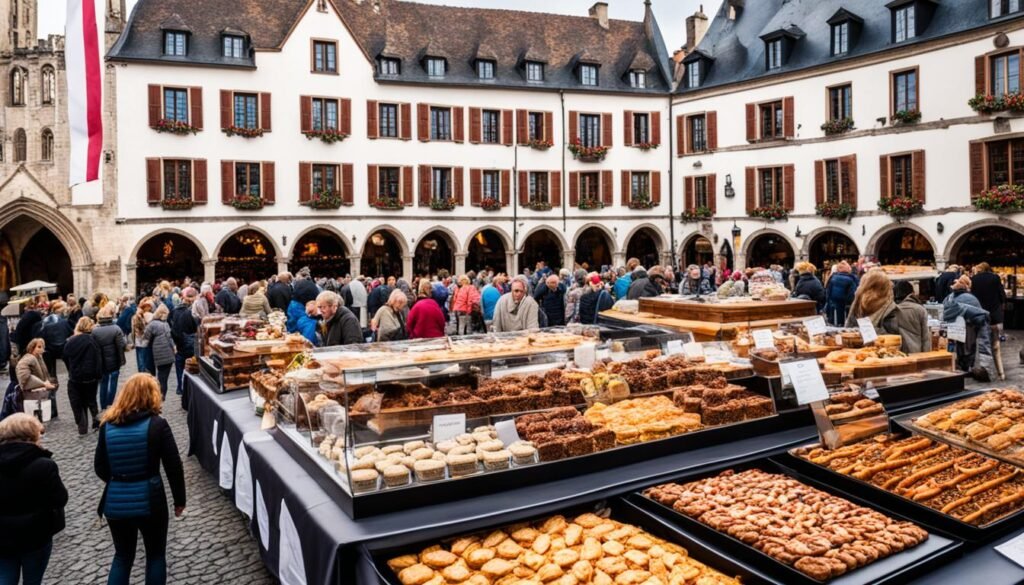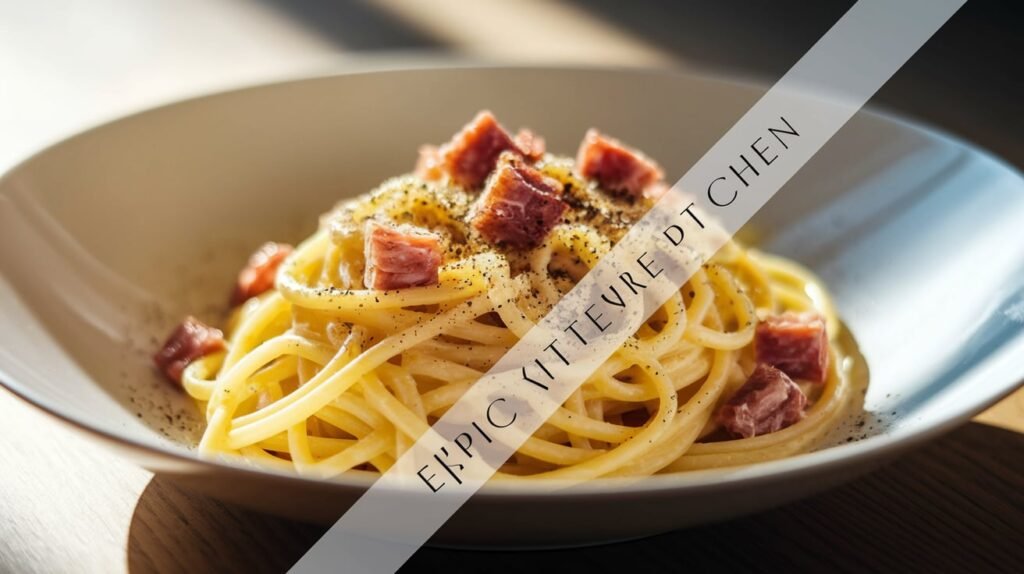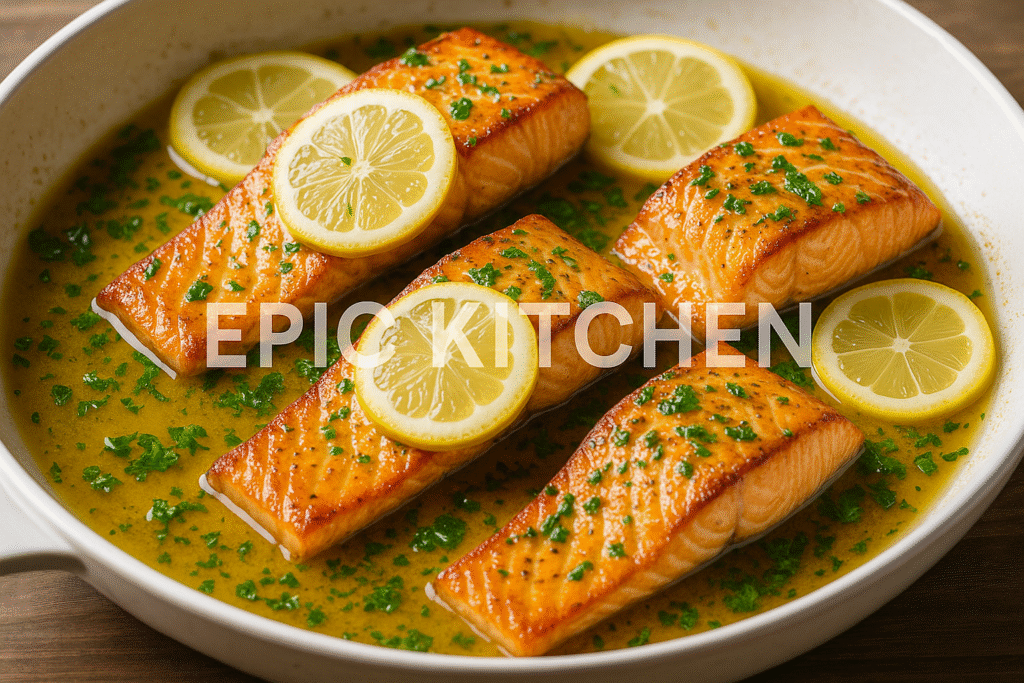Embarking on a global adventure to explore the food and culture of every country in the world would be an immense task, one that could fill volumes. However, we can still delve into key aspects and elements that are common to many regional cultures and cuisines around the globe, taking a deep exploration into each region’s unique heritage. Let’s begin our journey with a closer look at the culinary delights and cultural treasures of Europe.
Key Takeaways:
- Europe offers a diverse range of culinary experiences, from the Mediterranean diet to Northern European cuisine.
- European recipes are influenced by a rich cultural heritage and traditions that have been passed down for generations.
- The Mediterranean diet emphasizes fresh produce, olive oil, and whole grains, known for its health benefits and delicious flavors.
- Northern European cuisine showcases hearty dishes influenced by the colder climate, featuring ingredients like potatoes, smoked fish, and rich dairy products.
- Exploring Europe’s cultural heritage reveals landmarks, art history, and philosophical traditions that have shaped the continent’s identity and cuisine.
Traditional American
Traditional American cuisine is a delightful tapestry of flavors that reflects the nation’s diverse culinary heritage. From the indulgent Southern comfort food to the savory New England clam chowder in the North, and the hearty Midwestern dishes like pot roast, each region offers its own distinct gastronomic experience. Let’s explore the mouthwatering dishes and beloved traditions that have shaped American cuisine.
Southern Comfort Food: A Taste of Home
When it comes to Southern comfort food, nothing quite compares to classics like fried chicken, macaroni and cheese, and buttermilk biscuits. These soul-warming dishes have become iconic throughout the country, emphasizing the importance of food as a source of comfort and connection.
Indulge in the crispy golden goodness of perfectly seasoned fried chicken, paired with hearty side dishes such as collard greens, cornbread, and creamy mashed potatoes.
It’s impossible to resist the allure of New England clam chowder, a rich and creamy soup filled with tender clams, potatoes, and aromatic spices. This beloved regional dish perfectly captures the essence of the coastal North, boasting fresh flavors and a comforting, robust broth.
Midwestern Delights: Hearty Fare for All
The heartland of America is renowned for its Midwestern dishes that showcase a love for hearty and satisfying meals. Pot roast, with its tender chunks of beef slow-cooked with vegetables, is a quintessential comfort food that warms both body and soul.
Experience the comforting flavors of pot roast, where succulent beef melts in your mouth, perfectly complemented by carrots, potatoes, and aromatic herbs and spices.
The Midwest is also famous for its bountiful harvests, making seasonal vegetables a prominent feature in many dishes. From corn on the cob to green bean casserole, these fresh and vibrant ingredients add a burst of flavor and color to every plate.
Barbecue Traditions: A Feast for the Senses
American barbecue traditions vary across different regions, each with its own distinct flavors and techniques. Texas is renowned for its slow-smoked brisket, cooking the meat for hours until it becomes tender and infused with smoky flavors.
Immerse yourself in the smoky aromas of Texas-style barbecue, and sink your teeth into a succulent slice of perfectly smoked brisket.
Kansas City, on the other hand, takes pride in its tangy and sweet sauces, which are often brushed onto ribs, chicken, and other meats during the grilling process. The result is a finger-licking symphony of flavors.
Beloved Staples: Burgers and Hot Dogs
No discussion of traditional American cuisine is complete without mentioning the beloved staples of burgers and hot dogs. These iconic dishes perfectly encapsulate America’s love for hearty, satisfying meals that can be enjoyed on-the-go.
Sink your teeth into a juicy, flame-grilled burger with all the trimmings, or indulge in a perfectly grilled hot dog topped with onions, mustard, and relish.
Whether it’s the comforting flavors of Southern cuisine, the heartiness of Midwestern fare, the rich history of barbecue traditions, or the iconic appeal of burgers and hot dogs, Traditional American cuisine has something for everyone. It’s a testament to the diverse cultures and traditions that have shaped this great nation.
Mexico / Latin America
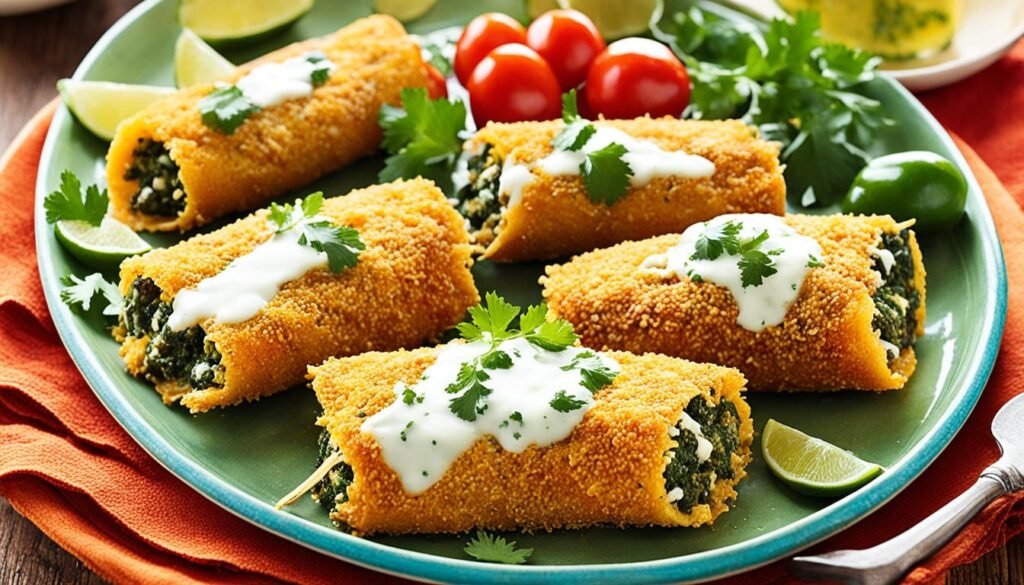
Mexican and Latin American cuisine is a fusion of flavors that reflects centuries of diverse cultures and culinary creativity. From Mexico’s iconic tacos, enchiladas, and spicy chili rellenos, to the bold use of spices, fresh herbs, and tropical fruits, this cuisine creates a symphony of tastes from fiery to savory. Latin cuisine’s street food culture features delights like arepas and empanadas, beckoning food lovers to savor these delectable bites.
If we take a closer look at Mexican cuisine, we find that it is known for its vibrant and bold flavors. Tacos, made with corn tortillas and a variety of fillings such as marinated meats, cheese, and vegetables, are a staple of Mexican street food. Enchiladas, another popular dish, are made by stuffing tortillas with meat, cheese, or beans, and then smothering them in a rich sauce, often made with chili peppers and tomatoes.
But it’s not just about the heat. Mexican cuisine also utilizes fresh herbs like cilantro and mint to add a refreshing touch to the dishes. Tropical fruits such as mangoes and pineapples are commonly used to balance out the spice with their natural sweetness.
Latin American cuisine is a celebration of bold flavors and diverse ingredients that have been influenced by native cultures, as well as Spanish and African influences. The use of spices, herbs, and tropical fruits adds depth and complexity to the dishes, creating a unique culinary experience.
The Versatility of Latin American Cuisine
Latin American cuisine is not limited to Mexico alone. It spans a wide variety of countries, each with its own unique culinary traditions. Let’s take a closer look at some other delicious Latin American dishes:
- Arepas: A staple of Venezuelan and Colombian cuisine, arepas are cornmeal patties that are grilled and then stuffed with fillings such as cheese, meat, or beans.
- Empanadas: These savory pastries are found throughout Latin America and come in various shapes and sizes. They are typically filled with ingredients like meat, cheese, and vegetables.
- Chimichurri: A tangy and herby sauce commonly used in Argentina and Uruguay. It is made with parsley, garlic, vinegar, and spices, and is often served with grilled meats.
- Ceviche: A refreshing seafood dish that originated in Peru and is now popular throughout Latin America. It typically consists of raw fish or shellfish marinated in citrus juices, such as lime or lemon, and mixed with onions, cilantro, and chili peppers.
Latin American cuisine is a vibrant tapestry of flavors and traditions, each country contributing its own unique dishes and culinary heritage. From the bold spices and fresh herbs to the tropical fruits, the depth and complexity of Latin American cuisine continue to captivate food enthusiasts around the world.
| Country | Popular Dishes |
|---|---|
| Mexico | Tacos, enchiladas, guacamole |
| Colombia | Arepas, bandeja paisa, empanadas |
| Argentina | Asado, empanadas, chimichurri |
| Peru | Ceviche, lomo saltado, causa |
| Brazil | Feijoada, brigadeiro, pão de queijo |
Europe
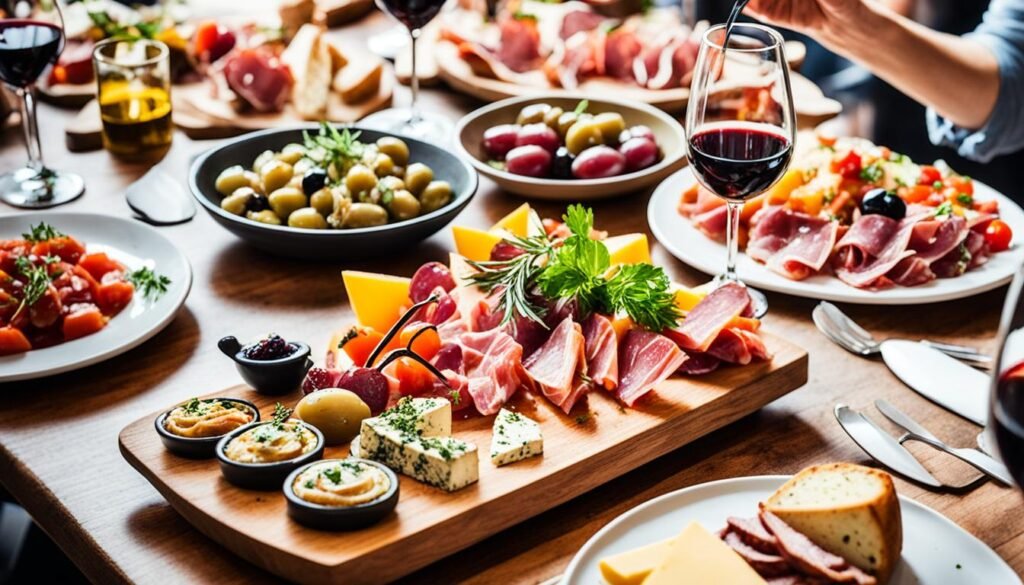
European cuisine is an exquisite kaleidoscope of flavors and traditions that have shaped the world for centuries. Each country in Europe offers its own unique contribution to the continent’s diverse and delectable fare. From the aromatic and hearty dishes of Italy, with its celebrated pasta, pizza, and rich sauces, to Spain’s vibrant and tasty tapas, Germany’s savory sausages, and Greece’s Mediterranean delights, there is something to satisfy every palate.
Italian pasta and pizza are renowned worldwide for their deliciousness and versatility. Whether it’s a comforting bowl of spaghetti carbonara, a fragrant plate of lasagna, or a crispy Neapolitan pizza topped with fresh ingredients, Italian cuisine captivates with its simplicity and bold flavors.
When it comes to Spanish tapas, prepare your taste buds for an explosion of flavors. From patatas bravas and jamón ibérico to gambas al ajillo and albondigas, these bite-sized dishes showcase Spain’s commitment to using fresh ingredients and simple cooking techniques to create taste sensations on a plate.
Germany’s sausages are the epitome of comfort food. From the hearty bratwurst to the spicy currywurst, these sausages are a staple of German cuisine. Served with sauerkraut, mustard, and a freshly baked pretzel, they are a true delight for meat lovers.
Finally, Greece’s Mediterranean delights transport you to the sunny shores of the Aegean Sea. Whether it’s a refreshing Greek salad with ripe tomatoes, cucumbers, and crumbly feta cheese or a flavorful moussaka made with layers of eggplant, ground lamb, and creamy bechamel sauce, Greek cuisine celebrates the vibrant flavors of the Mediterranean.
Through its culinary traditions, Europe reflects its rich cultural heritage. Each dish tells a story of the region it comes from, showcasing the diversity and ingenuity of European cooking. Whether you’re strolling through the streets of Rome, enjoying a tapas tour in Barcelona, or exploring the tavernas of Athens, European cuisine is a testament to the continent’s cultural wealth.
| Cuisine | Key Dishes |
|---|---|
| Italian | Pasta, pizza, rich sauces |
| Spanish | Tapas |
| German | Sausages |
| Greek | Mediterranean delights |
European Cultural Heritage
European cuisine is not just about food; it is deeply intertwined with the continent’s cultural heritage. From the grandeur of Italian Renaissance art to the philosophical traditions of Ancient Greece, Europe’s history and heritage shape its culinary landscape.
Italian pasta and pizza, for example, are not only delicious dishes but also representative of the country’s commitment to slow food and preserving traditions. Similarly, Spanish tapas reflect the convivial and leisurely lifestyle of the Mediterranean, where sharing small plates with friends and family is a way of life.
German sausages, on the other hand, have deep roots in the country’s history and culture. They are a symbol of German craftsmanship and attention to detail, with traditional sausage-making techniques passed down through generations.
Greek Mediterranean delights, with their vibrant colors and fresh ingredients, are a testament to the country’s connection with nature and the importance of health and well-being. These dishes celebrate the richness of the land and sea, reflecting the Greek philosophy of finding balance and harmony in life.
Exploring European cuisine is not only a culinary adventure but also a journey through history, art, and philosophy. Through its food, Europe invites you to discover its cultural tapestry and appreciate the centuries-old traditions that have shaped its identity. So embark on a gastronomic tour of Europe and savor the flavors and stories that make it an epicurean paradise.
Conclusion
The culinary and cultural journey through European countries offers a unique opportunity to experience the diverse flavors and rich heritage of the continent. European cuisine is a reflection of its cultural diversity and history, with each country offering its own unique contribution to the continent’s culinary traditions. From the fresh produce of the Mediterranean to the hearty dishes of the North, European cuisine showcases the region’s bountiful ingredients and culinary techniques.
In addition to indulging in the tantalizing flavors, exploring European cuisine also allows for a deeper understanding of the region’s cultural heritage. The landmarks, art history, and philosophical traditions that have shaped Europe over centuries can be experienced and appreciated through its food. From the Italian passion for pasta and pizza to the Spanish love for tapas, each dish carries with it a piece of Europe’s rich cultural tapestry.
Embarking on a global bites tour of Europe is not just a feast for the taste buds, but also a journey into the heart and soul of the continent. As you savor the delectable delights, you’ll gain insights into the unique customs, traditions, and culinary secrets of each European country. From the simplicity of Greek Mediterranean cuisine to the complexity of German sausages, every bite tells a story and deepens our connection to European culture and history.










